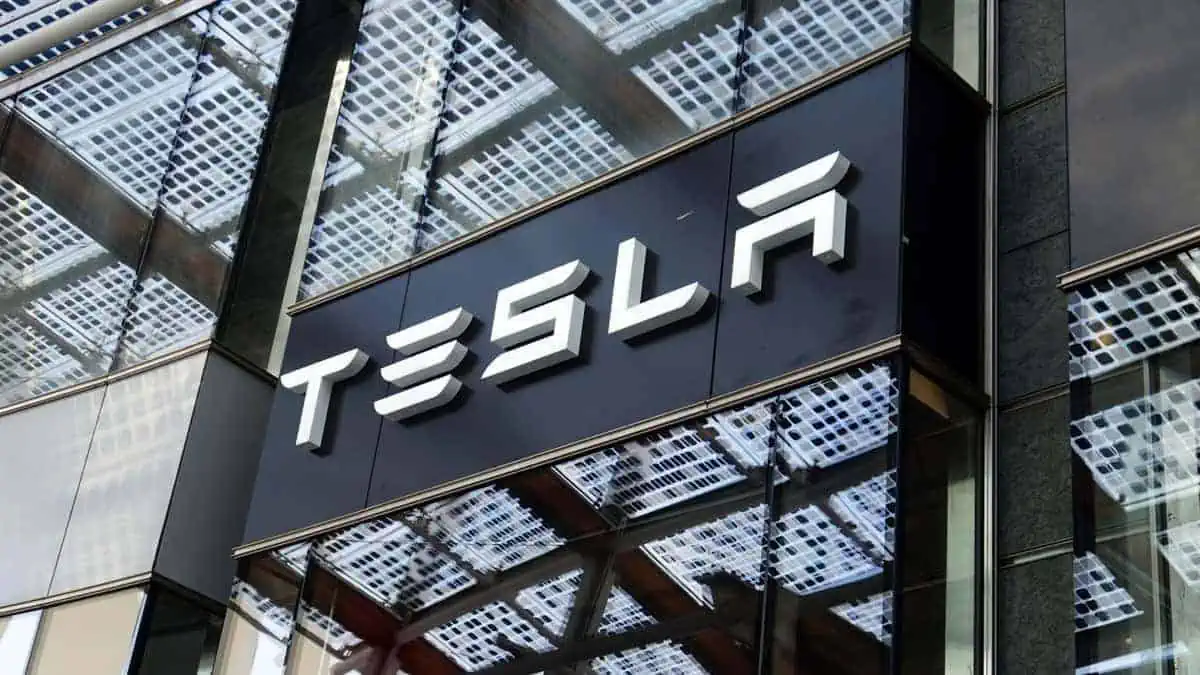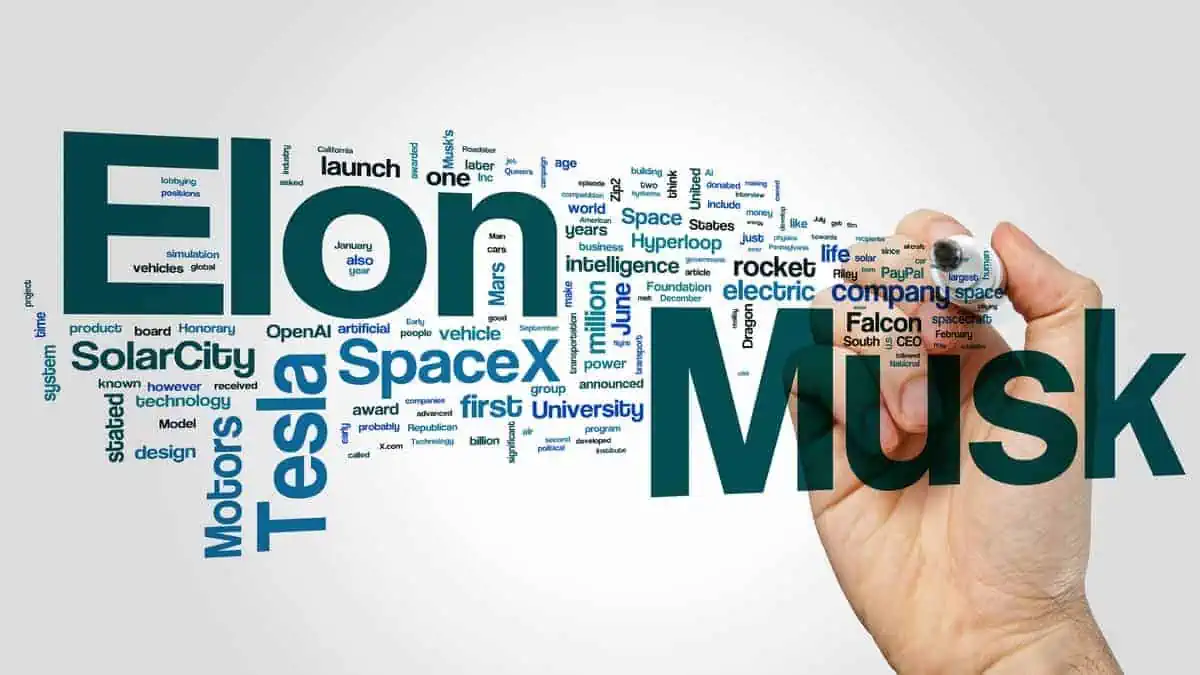Electric automaker Tesla aims to upgrade the cellular connectivity of its electric vehicle models and humanoid robot Optimus to 5G, according to a job advertisement shared on LinkedIn.
About the job ad
IT Manufacturing Solutions Engineering’s Lead Staff Engineer Pat Ruelke brought Tesla’s job posting for a “Cellular Systems Integration Engineer, Vehicle & Optimus” on LinkedIn.
Engineer Ruelke encourages interested applicants to join his team as they advance Tesla cars and Optimus cellular connectivity “to the next level.”
“You got what it takes to bring Vehicle and Optimus cellular connectivity to the next level? I am looking for an ace engineer to build a seamless private 5G service in between Tesla products and our private 5G infrastructure. Pushing low latencies and data rates to the limit is guaranteed.”
Pat Ruelke, IT Manufacturing Solutions Engineering’s Lead Staff Engineer
Tesla indicated in the job ad that the project will cover all Tesla EVs, including the S3XY lineup and the Cybertruck, among others. It will also include the humanoid robot Optimus. Here is the job description:
Tesla is seeking a highly motivated Cellular Systems Integration Engineer for the global IT Manufacturing Solutions Engineering team to deliver a best-in-class connectivity experience for all Tesla Vehicles (Model S 3 X Y, Cybertruck, …) and Optimus on Tesla premises. The role involves understanding internal customer requirements, planning and executing test procedures, rolling out ESIM seamlessly and reliable integration into Tesla’s private 5G network infrastructure.
Is Tesla planning to launch its own private network?
As you can observe in the job description presented above, Tesla clearly indicated a “private 5G network infrastructure” on its premises.
That considered, Tesla may be planning to establish its own private network in its facility to secure a reliable and strong connection with its products, electric vehicles, and Optimus robots.
Notably, once Tesla’s products can connect to 5G networks, they will likely also connect to public networks. For context, 5G networks have lower latency of sub-5 milliseconds than 4G networks, which have 60 ms-98 ms.
Tesla’s internet connectivity progress
Tesla strived to introduce internet connectivity to its electric vehicles as early as possible as it is necessary to support over-the-air software updates. It also enables the company to offer connectivity features and collect a lot of data.
In hindsight, Tesla’s first cellular connectivity was only 36. It later updated to 4G LTE, and now, Tesla is planning a 5G connectivity upgrade.
The move hints at the Musk-led company’s plans for the next-gen S3XY EVs and Cybertruck, as it seems to be building the foundation for its upcoming offerings.
Tesla has also reported major advancements in its humanoid robot development. It recently posted two new jobs related to Optimus, suggesting its readiness to test Optimus and make user guides for it.






